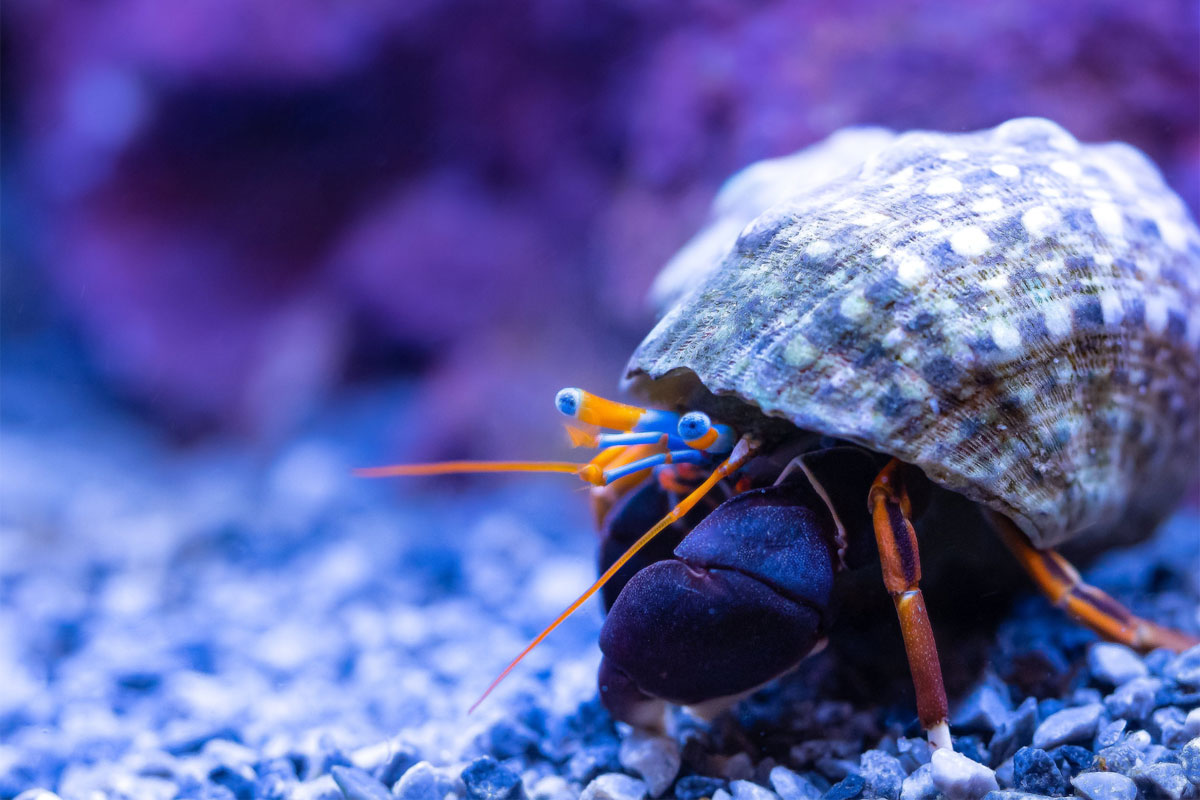March 2024 was the warmest March in the last two centuries, since weather data began to be collected. According to data from Copernicus Climate Change Service (C3S), in fact recorded temperatures 1.68°C higher than the average for the same month for the period 1850-1900.
THE global warming it is an alarm signal that our planet has been sending for some time and which is giving rise to disastrous effects, such as floods, the melting of glaciers and the acidification of the oceans. The latter is perhaps the least tangible consequence but has strong repercussions on the conservation of the marine ecosystem. The rise of the worldthe non-profit organization involved in protecting the seas for over a decade, explains what it is and what can still be done.
What is ocean acidification
One of the main indirect consequences of climate change concerns the chemical alteration of the sea, called Ocean acidification. The cause of this phenomenon lies in the increase in the temperature of our planet, which has increased by approximately one degree between World War II and today. A process that coincided with the beginning of the industrial era and the massive use of fossil fuels, resulting in an increase in gas emissions, which today cause the phenomenon known as Greenhouse effect. Carbon dioxide, or CO2, is in fact one of the main gases, famous for its high concentrations in the atmosphere, and involved in this lesser known phenomenon concerning our seas.
The role of the oceans in global warming
The oceans act as a “buffer system”, that is to say they absorb gases present in the atmosphere and behave like a solution measured by pH (unit of measurement designating the acidity of a gas or a liquid) capable of absorbing a certain quantity of water. a substance until saturation. Upon contact with water, carbon dioxide reacts chemically, leading to the formation of carbonic acid, lowering the pH of the water and making it more acidic.
What are the consequences on marine ecosystems? Many aquatic organisms use carbonate ions to build their shell, or other rigid elements, through the biological process of calcification: If the water is too acidic, shells and similar structures, such as coral skeletons, dissolve or do not form at all. This affects calcifying organisms such as coralline algae, corals and molluscs.


How to combat sea acidification
To date, the main viable solution to stopping ocean acidification is to drastically reduce CO2 emissions. Another solution is promote the creation of marine protected areas which enable the ecological recovery of marine habitats and the resilience of the species that live there and reduce stress factors and therefore increase the adaptive capacity of marine organisms. This is why Worldrise, an association committed for more than ten years to the protection and conservation of the oceans, created the 30×30 Italy alliance, a network of associations, citizens and institutions, whose objective is to effectively protect at least 30% of Italian seas by 2030.
Info: Worldrise.org



